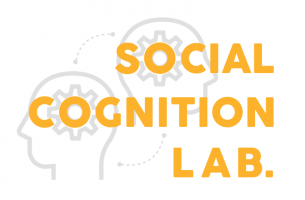What happens when basic mechanisms of emotion processing and embodiment go awry? My colleagues and I examine possible consequences by studying individuals with atypical social functioning, such as persons with autism. We have explored these issues in the domains of spontaneous mirroring (McIntosh, Reichmann-Decker, Winkielman, & Wilbarger, 2006; Oberman, Winkielman, & Ramachandran, 2009), recognition of facial expressions (Clark, Winkielman, & McIntosh, 2008), and emotional startle modification (Wilbarger, McIntosh, & Winkielman, 2009). Recently we have summarized this research in a fresh conceptual framework (Winkielman, McIntosh, & Oberman, 2009). This work was sponsored by National Alliance for Autism Research. Our current work, with Marni Bartlett and other colleagues, is supported by a NIMH Challenge Grant.
